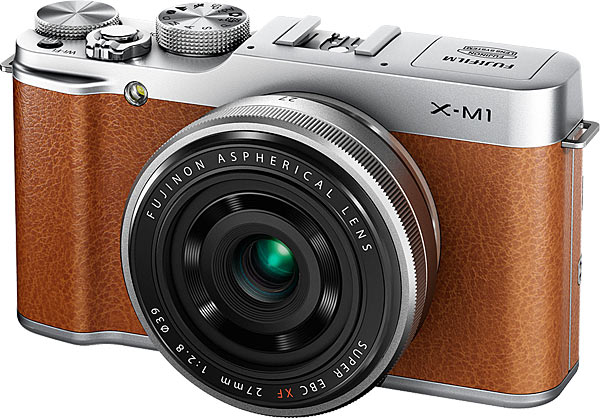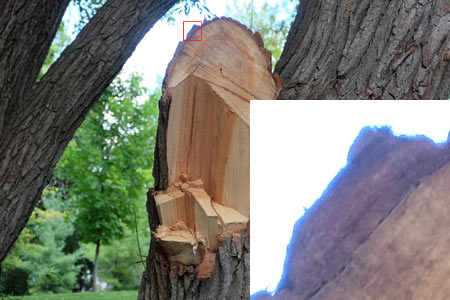Review Date: September 3, 2013
Category: Beginner to Serious Amateur

Photoxels Gold Award – Beginner Interchangeable Lens Camera
IMAGE QUALITY
Memorable photos. The Fujifilm X-M1 is targeted to beginner amateur photographers and features the same outstanding 16.3MP resolution APS-C (23.6mm x 15.6mm) X-Trans CMOS image sensor used in the X-PRO1 and X-E1. You can expect exceptional image quality.
We find the overall image quality of the Fujifilm X-M1 to be excellent at ISO 200 with low noise and excellent image detail. Image quality is very good up to ISO 1600. Noise starts to be visible at ISO 1600 but is very usable up to ISO 3200. At higher ISOs, images suffer from noise and loss of detail.
| XC16-50mmF3.5-5.6 OIS | |
![FUJINON XC16-50mmF3.5-5.6 OIS at 16mm [24mm equiv.] FUJINON XC16-50mmF3.5-5.6 OIS at 16mm [24mm equiv.]](/images/Fujifilm/xm1/image%20samples/DSCF0868_225.jpg) |
![FUJINON XC16-50mmF3.5-5.6 OIS at 50mm [76mm equiv.] FUJINON XC16-50mmF3.5-5.6 OIS at 50mm [76mm equiv.]](/images/Fujifilm/xm1/image%20samples/DSCF0869_225.jpg) |
| 16mm [24mm equiv.] | 50mm [76mm equiv.] |
The Fujifilm X-M1 has a Fujifilm X mount that accepts interchangeable lenses. The Focal length multiplier is approx. 1.52x. The X-M1 can be purchased with an XC16-50mmF3.5-5.6 OIS [24-76mm equiv.] kit lens, probably the best zoom kit lens currently available. In the above picture, we show the coverage for the XC16-50mm. The OIS label designates an Optically Image Stabilized lens.
| Macro with XC16-50mmF3.5-5.6 OIS | |
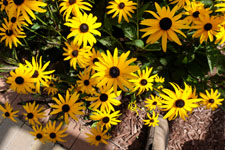 |
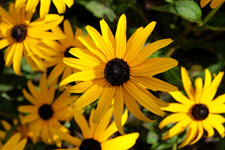 |
| Macro Wide | Macro Tele |
Closest focusing distance for the XC16-50mm is 30cm at wide-angle and 40cm at telephoto. To access this close-up feature, you need to set the camera mode to Macro (LEFT arrow on the Multi Selector). I find that I can get a larger image using macro tele, even if the closest focusing distance is further.
AF is reasonably fast and works very well in good lighting. In low-light, the camera will lock focus in about 1 sec. with the help of the AF-assist illuminator. The LCD unfortunately does not gain up in low light.
| Auto White Balance Indoors | |
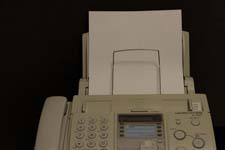 |
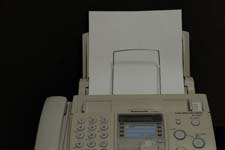 |
| AWB | Custom WB |
As the above two pictures show, the Auto White Balance (AWB) is not quite accurate indoors under artificial lighting [I have two energy-saving fluorescent light bulbs on the ceiling]. The Fujifilm X-M1 allows WB to be easily set manually and this brings out the real colors. AWB works very well in natural light.
| ISO Comparisons | |
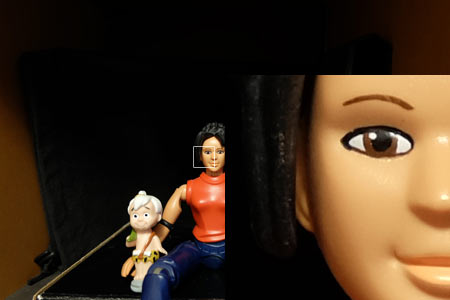 |
|
| ISO 200 | |
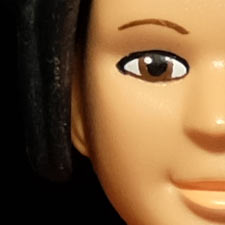 |
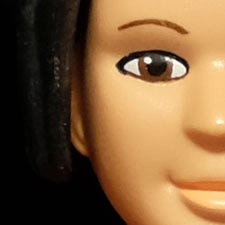 |
| ISO 400 | ISO 800 |
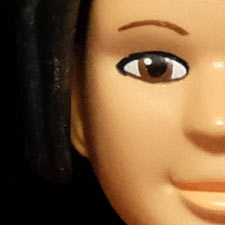 |
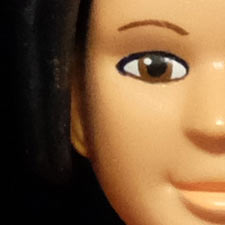 |
| ISO 1600 | ISO 3200 |
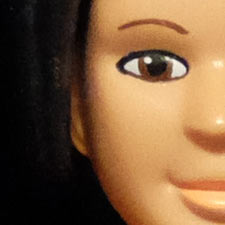 |
|
| ISO 6400 | |
| Extended ISOs | |
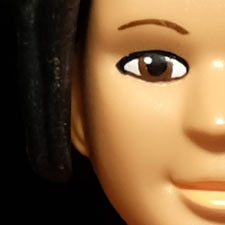 |
|
| ISO 100 | |
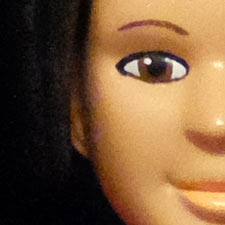 |
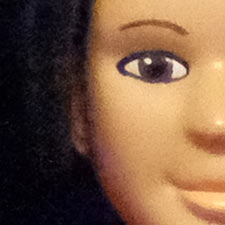 |
| ISO 12800 | ISO 25600 |
You can set the ISO on the Fujifilm X-M1 from 200 to 6400, plus the ability to have extended output sensitivity equivalent to ISO 100, 12800 and 25600. You can set AUTO ISO mode to limit to AUTO (400) / AUTO (800) / AUTO (1600) / AUTO (3200) / AUTO (6400), set the default ISO and specify the minimum shutter speed at and below which the camera should raise the ISO. [Note that in RAW, the ISO ranges from 200 to 6400.] The 100% crops above (area delimited by the white square) demonstrate that noise at ISO 200 is under control. Noise starts to be slightly visible at ISO 1600 but is still very usable up to ISO 3200, and even ISO 6400 for some shots. At higher ISOs, the presence of noise is visible at full image size and with visible loss of detail.
The XC16-50mm lens suffers from some slight CA in very high contrast shots when viewed at full resolution. In the above photo, the red square at top middle and displayed at 100% crop at bottom right shows some purple fringing.
Long Exposure

Long Exposure – 16mm, Manual, Pattern, 30 sec., F3.5, ISO 100, Self-timer (10 sec.), Custom WB, Tripod used
Our Long Shutter Speed test is a torture test for digital cameras. Here we test whether (and how well) a camera can lock focus, provide accurate WB and obtain a correct exposure in extreme low light situations. The Fujifilm X-M1 with the XC16-50mm lens passes this test very well.
The Fujifilm X-M1 allows the use of a long shutter speed of 30 sec. in M mode. This allows us to take some nice Night Shots. For this shot, it locks focus easily with the help of the AF-assist Illuminator. I use trial and error to obtain correct exposure in Manual mode, eventually settling on 30 sec. at F3.5 as the best exposure.
Overall, the Fujifilm X-M1 makes it very easy to capture great shots, even at high ISOs. Fujifilm did a real smart thing by using the same APS-C X-Trans CMOS sensor that is found in the X-Pro1 and the X-E1 and, since the X-M1 does not need an optical low pass filter, it captures high resolution images. The XC16-50mm kit lens makes a great first zoom lens and don’t forget that you can attach any of the excellent and highly praised XF prime and zoom lenses on the X-M1. If image quality is your most important criteria in choosing a compact camera, and you are not interested in a bulky, heavy and complicated DSLR, then you need to get your hand on an X-M1 and give it a hands-on trial. You’ll be simply amazed at the image quality that you can get in such a compact and lightweight interchangeable lens camera: the best among APS-C cameras.
View more image samples in the Fujifilm X-M1 Photo Gallery [In the Photo Gallery, click on the picture of the camera to return here.]
Next: Fujifilm X-M1 Handling & Feel
Related Links:


